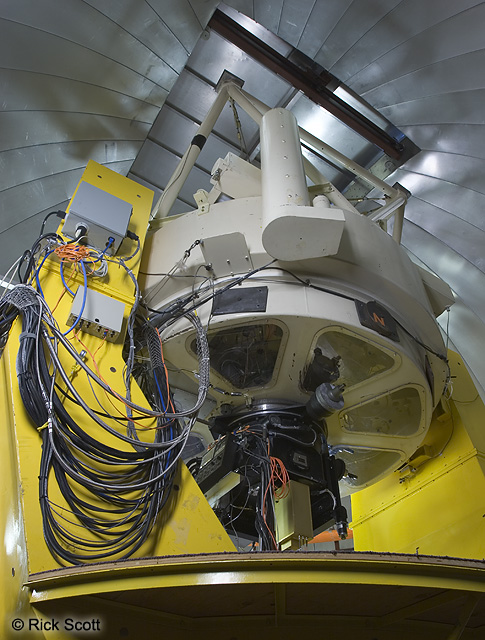
The Observatory is one of the oldest astronomical institutes in the world. Papal interest in astronomy can be traced to Pope Gregory XIII who had the Tower of the Winds built in the Vatican in 1578 and later called on Jesuit astronomers and mathematicians to study the scientific data and implications involved in the reform of the calendar which occurred in 1582. From that time the Holy See has supported astronomical research. These early traditions climaxed in the mid 19th century with research conducted by Jesuit, Father Angelo Secchi, the first to classify stars according to their spectra. Pope Leo XIII in his Motu Proprio Ut Mysticam of 14 March 1891 formally refounded the Vatican Observatory and located it on a hillside behind the dome of St. Peter’s Basilica.
With urban growth brightening the skies at the beginning of the 1930s, Pope Pius XI provided a new location for the Observatory at Castel Gandolfo 35 km southeast of Rome.

It is here that the modern observatory, entrusted to the Jesuits, was refounded in the mid-1930s with the construction of three new telescopes, the installation of an astrophysical laboratory for spectrochemical analysis, and the expansion of several important research programs on variable stars. With the installation of a Schmidt wide-angle telescope in 1957 research was extended to other topics such as new techniques for the classification of stars according to their spectra. This is still an active program at the Observatory.
With the continuously increasing population of Rome the skies above the Observatory again became too bright. In 1981, for the first time in its history, the Observatory founded a second research center, the Vatican Observatory Research Group (VORG), in Tucson, Arizona, one of the world’s largest and most modern centers for observational astronomy.

The Observatory staff have offices at Steward Observatory of the University of Arizona where they also have access to all of the modern telescopes located in the Tucson area. In 1993 the Observatory, in collaboration with Steward Observatory, completed the construction of the Vatican Advanced Technology Telescope ( VATT ) on Mt. Graham, Arizona, probably the best astronomical site in the continental United States. This is the first optical-infrared telescope of the Mount Graham International Observatory (MGIO), a project which in the coming years will see the construction of some of the world’s most sophisticated and largest telescopes.

The library at Castel Gandolfo contains more than 22,000 volumes and possesses a valuable collection of rare antique books including works of Copernicus, Galileo, Newton, Kepler, Brahe, Clavius, and Secchi. In addition there is a unique meteorite collection from which a knowledge of the early history of the solar system is being derived. Research results are published in international journals.